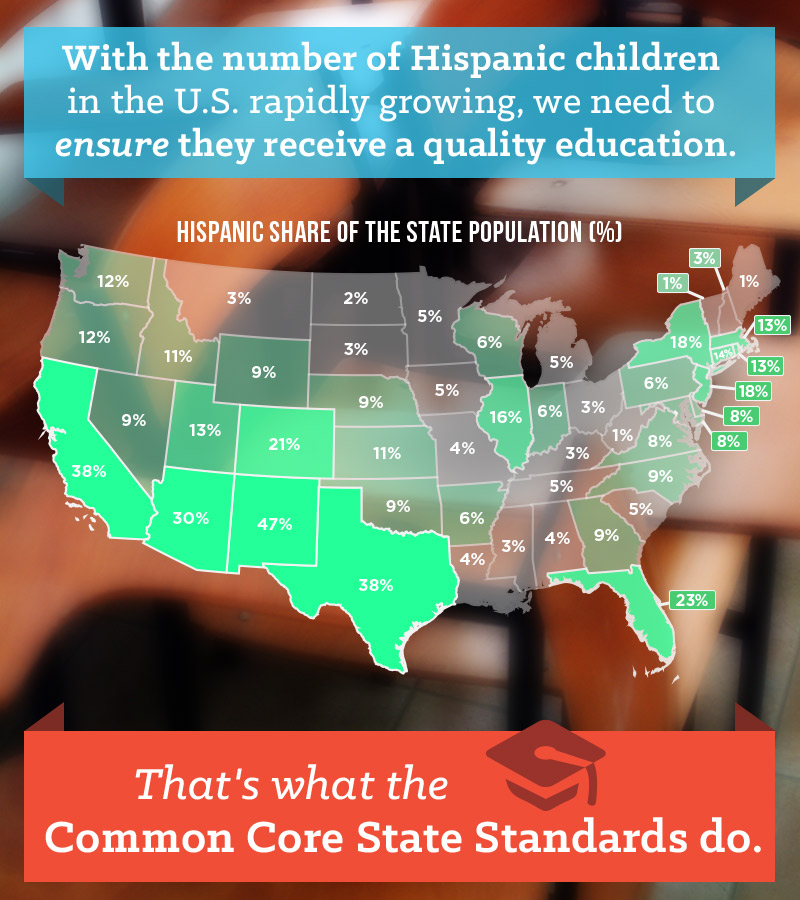El Día de los Niños: A Day to Celebrate Benchmarks and Help Our Children Reach Even Higher
Yesterday, Secretary of Education Arne Duncan announced that the nation has reached an important milestone in education: in 2012 (the latest year that statistics are available), the national high school graduation rate reached 80 percent. Even more encouraging, researchers believe that if this trend continues, that number will increase to 90 percent by 2020.
The story for Latino students is just as positive, with graduation rates increasing by 15 percent. This impressive jump is great news not only for the Latino community but for the nation overall. Latinos will constitute close to 20 percent of the nation’s labor force in 2020, and educated workers are essential to ensuring that our economy remains robust and competitive.
The notable improvement in graduation rates can be attributed to several factors. Teachers, parents, and students are finding better ways to partner and communicate, giving children a greater chance at academic success. We believe new education standards are also a key component in making our kids ready for college and able to step into the career path of their choice.
In an increasingly competitive marketplace, our country can no longer be satisfied sitting in the middle of the pack when it comes to academic performance among industrialized nations. In the last test given by the Program for International Student Assessment, in 2012, 29 countries ranked higher than the U.S. in math and 22 in science. This means that while it is great news that our graduation rates are improving, it will take much more to prepare our children for the jobs of the future. That’s why we are encouraging innovation, creativity, and the broader thinking skills necessary to compete in a global job market.
The Common Core State Standards (CCSS) are setting higher benchmarks and improving the way our kids learn. Rather than simply memorizing facts, they are being taught to connect what they learn in the classroom to the world around them, sharpening their analytical skills, and reawakening a love of learning. Fewer, higher, and clearer standards are also allowing our teachers to be creative in the classroom and dive deeper into subject areas, imparting a greater breadth of knowledge.
The CCSS lay out clear guidelines that provide parents with a better understanding of how to best support their children’s learning. They are ensuring that, regardless of race, ethnicity, or ZIP code, all youth are given the same opportunity to succeed. These new standards are elevating what and how we teach our children, a vital component to maintaining the graduation rates we celebrate today and seeing them rise in the future.


